|
|
Clause Test Description0 G7 ~) z; c. y5 K$ g6 Z3 ^
7.14 Marking and instructions – Marking durability test
0 {( b6 |+ C" ^" E( c/ [8 Protection Against Access to Live Parts
' z* z2 ?6 [5 J2 B% @, ]/ F10 Power input and current 3 x: q* t* I: ^/ E0 k
11 Heating Test
/ g( v- I6 r$ A0 {13 Leakage current and electric strength at operating temperature
5 o' Q: j5 q; D) U1 J$ R+ ^5 I15.1 Moisture resistance – Protection degree against water test0 R+ U% g7 n; l
15.2 Moisture resistance – Spillage test( I" ]! d$ u5 N" ?" Q4 O* v0 N5 `5 ^$ A
15.3 Moisture resistance – Humidity test
w" ~! U/ ?$ Y& f7 [" t: E, [16 Leakage current and electric strength# p+ F c. M. O' e! I: d! t
17 Overload protection of transformers and associated circuits
1 X; G+ P5 ?6 v4 U, \19.2 Abnormal operation – Restricted heat dissipation test (0,85 times power input)
% s, L6 x2 t" F/ O: A3 T9 O19.3 Abnormal operation – Restricted heat dissipation test (1,24 times power input)( c, o9 u! y6 p# F5 @
19.4 Abnormal operation – Temperature control short-circuited test; Y8 @! b- {! q( Y6 n0 Z x ~
19.5 Abnormal operation – Test for class 0I and class I appliances with tubular sheathed or embedded heating elements
/ i5 C4 x# T/ k0 L; W19.6 Abnormal operation – PTC heating elements over voltage test
% J& @% Z! |: ?. Z( `" q2 b. l19.7 Abnormal operation – Locking moving parts of motor test4 c% M1 X+ c* Y2 t' O
% X2 P) h& p6 r3 c" h& m
19.8 Abnormal operation – One phase disconnection test of 3 -phase appliance& a9 _& a; |9 v7 W. w$ H, @, }; D; N
19.9 Abnormal operation – Motor overload test. W: ], H1 }) g& x; }/ C* d$ g
19.10 Abnormal operation – Series motor overspeed test
/ N/ ]/ F l, @$ T' h$ l; c19.11.1 & 19.11.2 Abnormal operation – Fault condition of electronic circuit test6 j1 Z, Q ?7 q, w8 Y7 ~8 B
19.11.3 Abnormal operation – Protective electronic circuit test
; k3 S, {2 p( ]7 S; C+ F4 O19.11.4 Abnormal operation – EMP test
; {4 I. d/ ^7 f9 c' q19.12 Abnormal operation – Current fuse reliability test(refer also to clause 19.11.2,19.11.3)6 L- O ^. G5 b* O1 |; l
19.13 Abnormal operation – Acceptance conditions after all abnormal operation tests
. f) _# W _2 K3 H; l$ O8 c6 P! q20.1 Stability and mechanical hazards – Stability test
: ?6 Z) [* w- q! B- \2 q5 k7 [- L) r20.2 Stability and mechanical hazards – Mechanical hazards test1 D1 H5 D8 N0 K- f) W+ J2 n+ f
21.1 Mechanical strength – Impact test# f' c, [- L8 {% f
21.2 Mechanical strength - Solid insulation strength
4 f4 s) }5 ~6 F, w; \( \. {22.5 Construction – Plug discharge test# W" n: d/ A7 `2 Y! Z: T; O
22.11 Construction – Non-detachable parts push and pull test. X- n. a; x5 o
22.12 Construction – Handles, knobs, grips and levels pull test
* \/ j) n0 f; C22.16 Construction – Cord reel abrasion test
; l1 _: T" Y$ z23.3 Internal wiring – Flexing test
! o& L- ?+ F2 ~' l! U H23.5 Internal wiring – Insulation test
% l' H' ~+ Z9 x: T% _8 _* ~24.5 Components – Motor Capacitor resonance voltage measurement
0 x& I1 q% g, V- L1 j% o25.14 Supply connection and external flexible cords – Flexing test* K% ^( c8 S( b" V
25.15 Supply connection and external flexible cords –Pull and torque test x: i% m6 D: X: H$ `* e2 @' V
26.3 Terminals for external conductors – Torque test+ Y' l/ U9 I6 U2 R
27.5 Provision for earthing – Earthing continuity test. t) r/ @1 |8 S
28.1 Screws and connections – Screws torque test3 Q: j+ ?9 T* g! H* m: j
29 Clearances, creepages distances and solid insulation
/ J+ Y+ i4 X) f* Q* f8 v30.1 Resistance to heat and fire – Ball pressure test7 M# t4 t$ H$ H7 @, @, H
30.2 Resistance to heat and fire – Glow wire test
6 g; G# T* T6 O3 K; P30.2.4 Resistance to heat and fire –Needle flame test
$ x w2 t1 Y4 j. `7 L+ XAnnex D Thermal motor protectors
7 O2 ]( C- p3 @! |Annex H Switches |
|




 窥视卡
窥视卡 雷达卡
雷达卡 楼主
楼主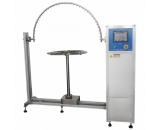

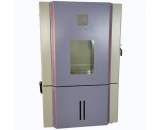

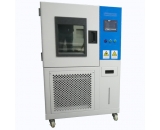

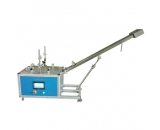

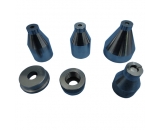






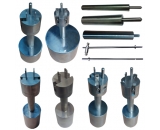
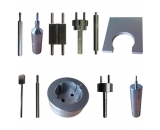
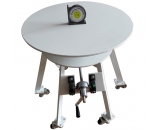
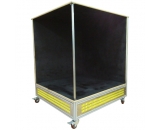

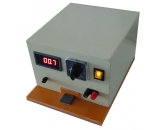
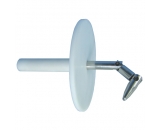
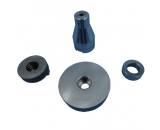
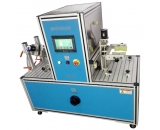
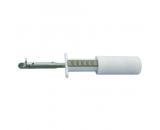

 显身卡
显身卡 发表于 2010-8-16 16:17
发表于 2010-8-16 16:17















